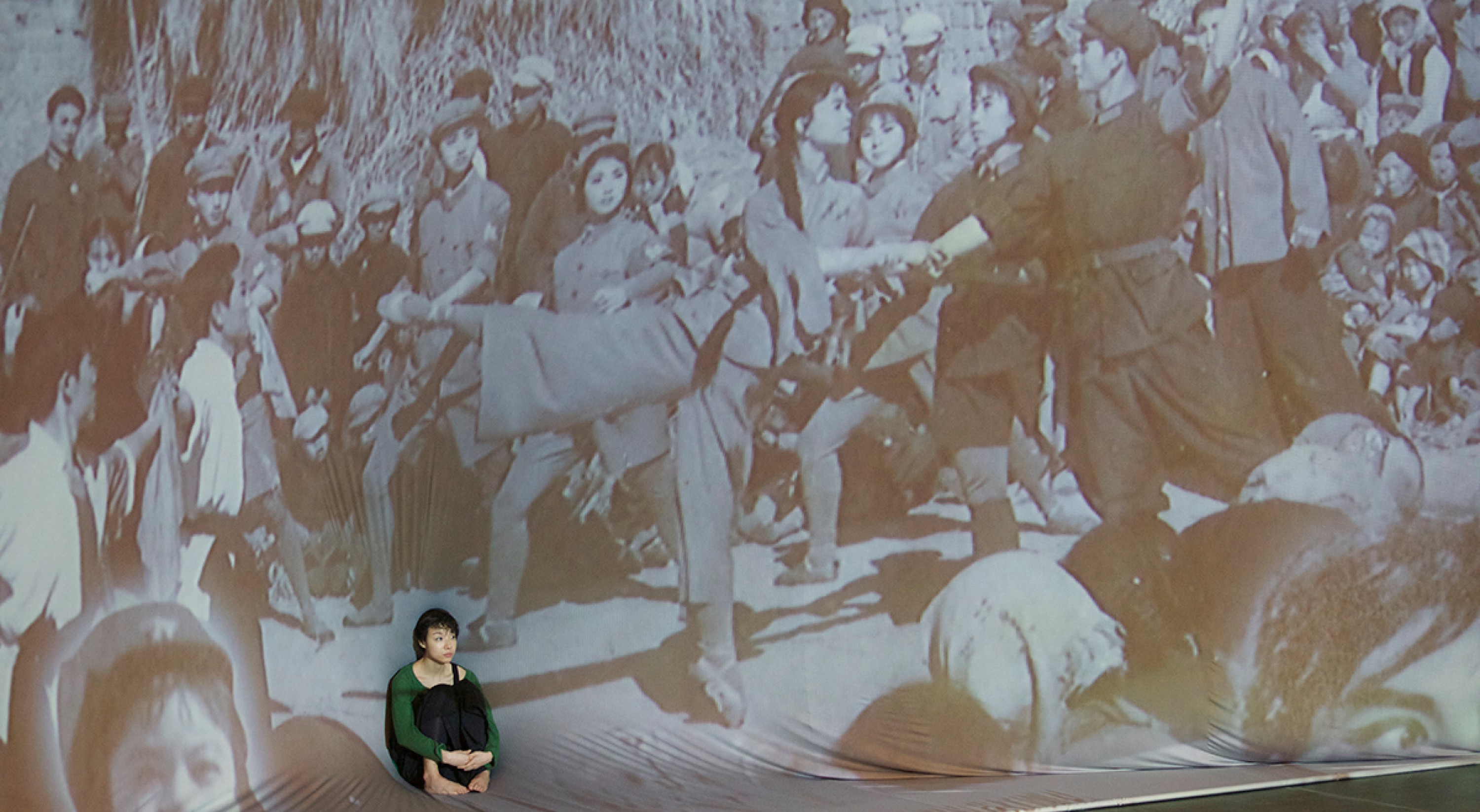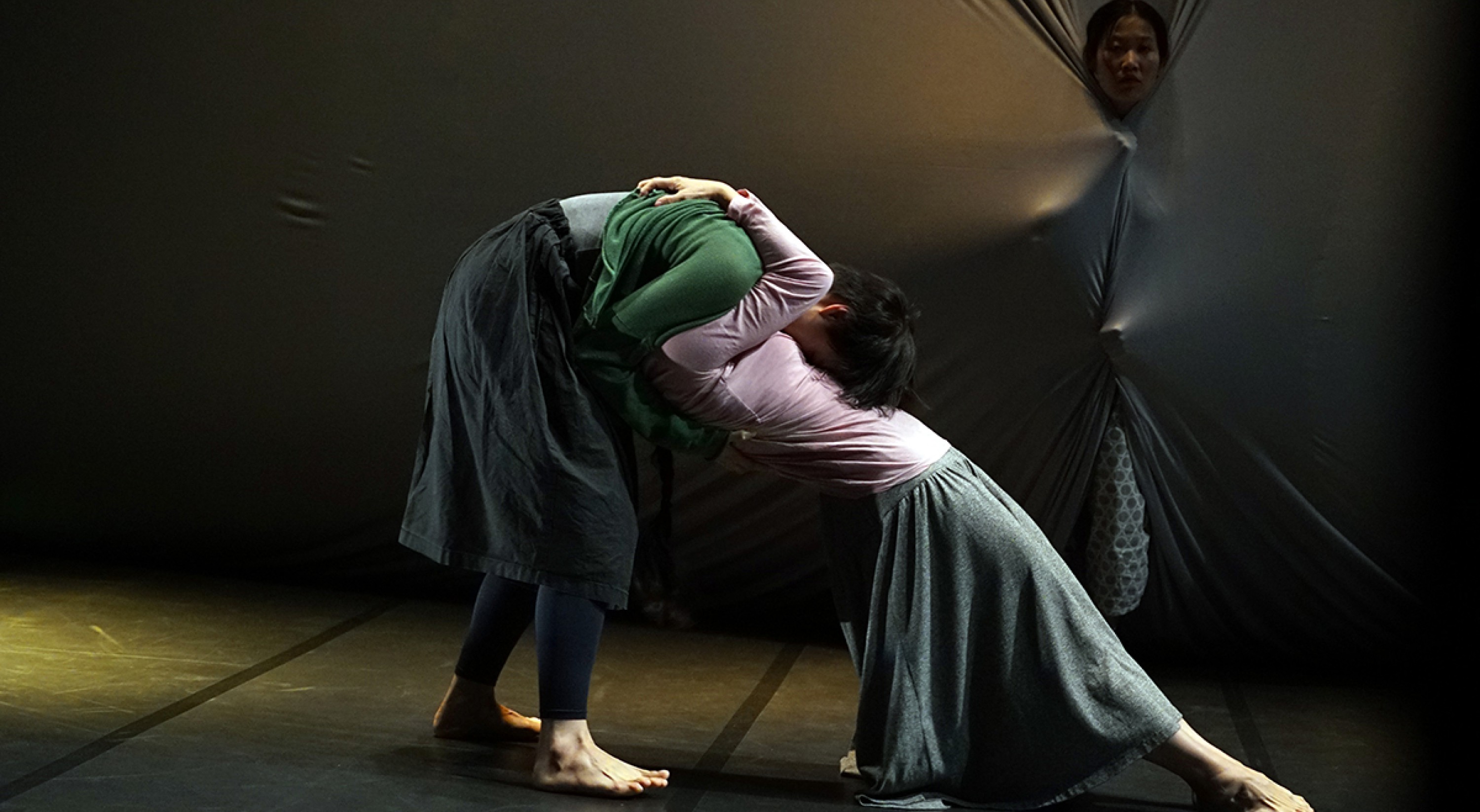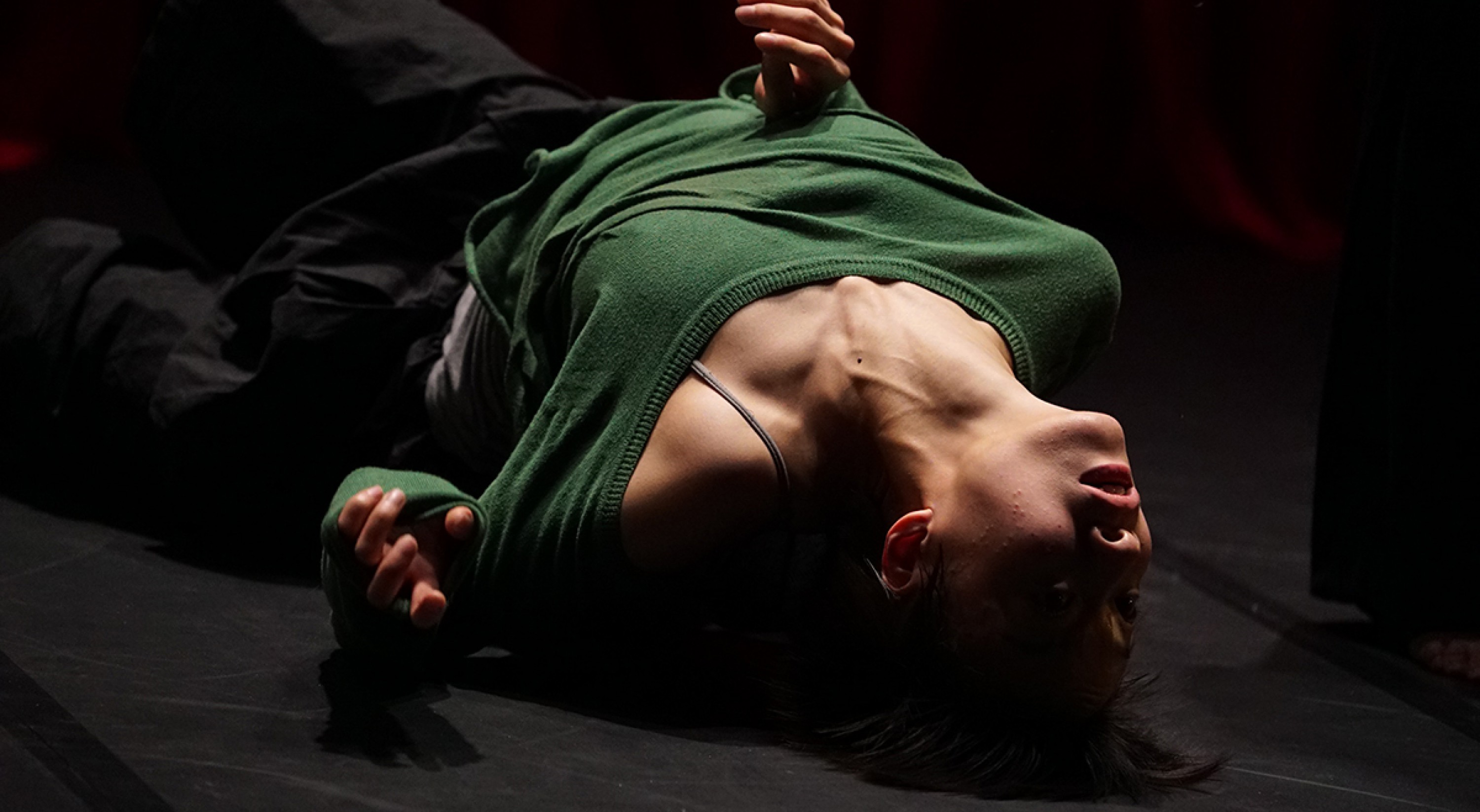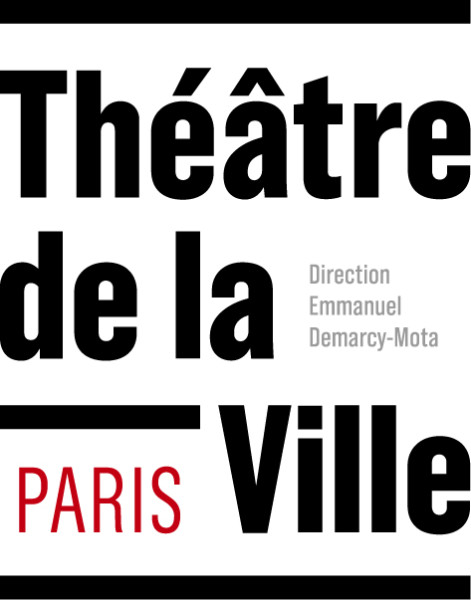Wen Hui
Red
septembersept 27 – 30
Choreography, WEN Hui
Text, ZHUANG Jiayun
Dramaturgy, Kai TUCHMANN (Germany)
Performers, JIANG Fan, LI Xinmin, LIU Zhuying, WEN Hui
Lighting, Edwin van Steenbergen (Netherlands)
Video, ZOU Xueping
Scenography, ZHOU Jie
Interviewers, WEN Hui, ZHUANG Jiayun, ZOU Xueping
Music, WEN Lvyuan
French translation, Estelle Zheng
Co-produced by Beijing Living Dance Studio ; Goethe-Institut China
In association with Théâtre de la Ville-Paris ; Festival d’Automne à Paris
With the support of Adami
First performed on 25th December 2015 at the Contemporary Art Museum, Shanghai
Using the Red Detachment of Women as her starting point, the choreographer Wen Hui confronts different points of view and testimonies. She uses this canonic ballet and its embodiment of Chinese communist aesthetics in order to build up a critical panorama of the Cultural Revolution. In doing so, the body serves as reminder, document, presence and living gesture.
The work of the Living Dance Studio can be summed up in one operation: to make the stage a complex territory of the memory in which Chinese history and its trouble zones are tackled live. Away from the burden of the official story, her enterprise is one of reconstruction. The aim is to give voice to the subjects inscribed in the flesh and conscience of individuals. In each of Wen Hui’s works, such as Memory or Report on body, the basis for the slow, detailed documentary work is the body itself, a living, sensory archive. Material of different types is woven between them, in addition to videos and testimonials. The departure point for Red is that of a ballet,The Red Detachment of Women, a model of socialist aesthetics taken up by the Cultural Revolution. It features a mixture of Western techniques and traditional Chinese dances. On the stage, two generations of dancers attempt to evaluate this ambiguous object. It can be seen as an ideological vehicle, a fixed symbol of former glories - but its feminist message carries on into today’s world. Through a series of photos and poses, those who lived through this period and those for whom it remains no more than a distant echo can confront their different points of view. The different presences, silent or active as the case may be, listen, recount, and dance. What comes to the surface via this “anatomy of a ballet” is the whole vision of a society: the place of women, the relationship between town and country, the status of gestures, memories and that of the individual in the face of History.
In the same place



